Experience

I was a research scientist (faculty track) at Cedars Sinai, where I wrote the AI strategy for a successful $4M NIH R01 grant focused on developing video-based AI models to provide surgeons with performance feedback.
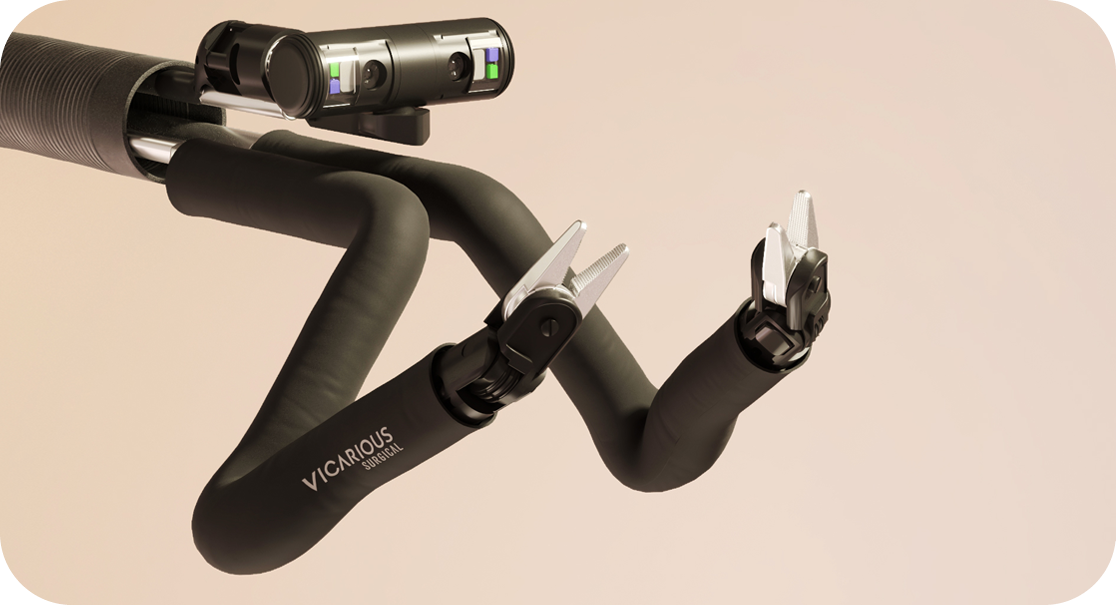
As a senior machine learning engineer, I was responsible for developing and deploying perception models for surgical robots. This included segmenting critical structures and estimating the depth of soft tissue from surgical videos.
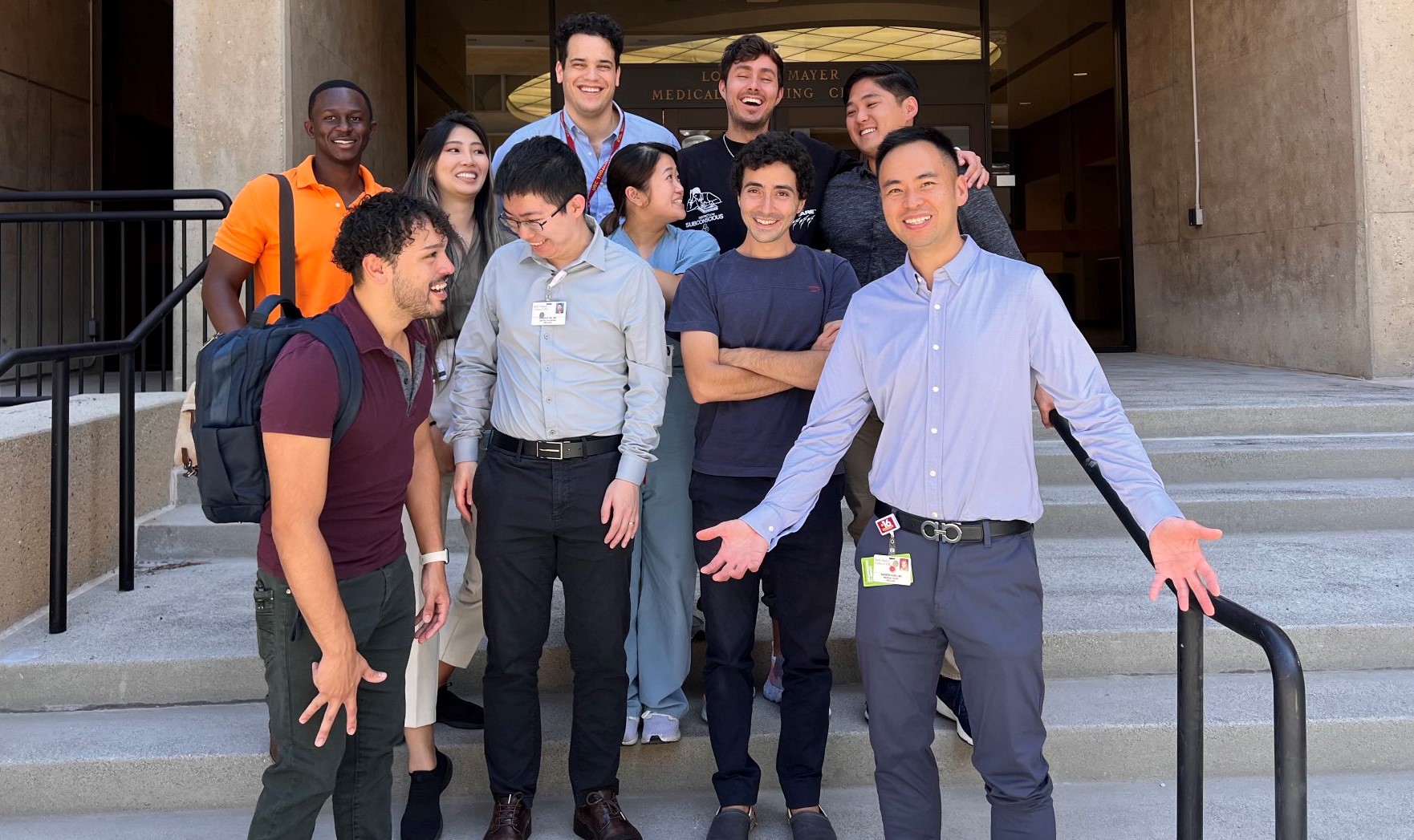
As a postdoctoral scholar, I developed deep learning models to identify surgical activity from videos. This research landed on the cover of Nature Biomedical Engineering.
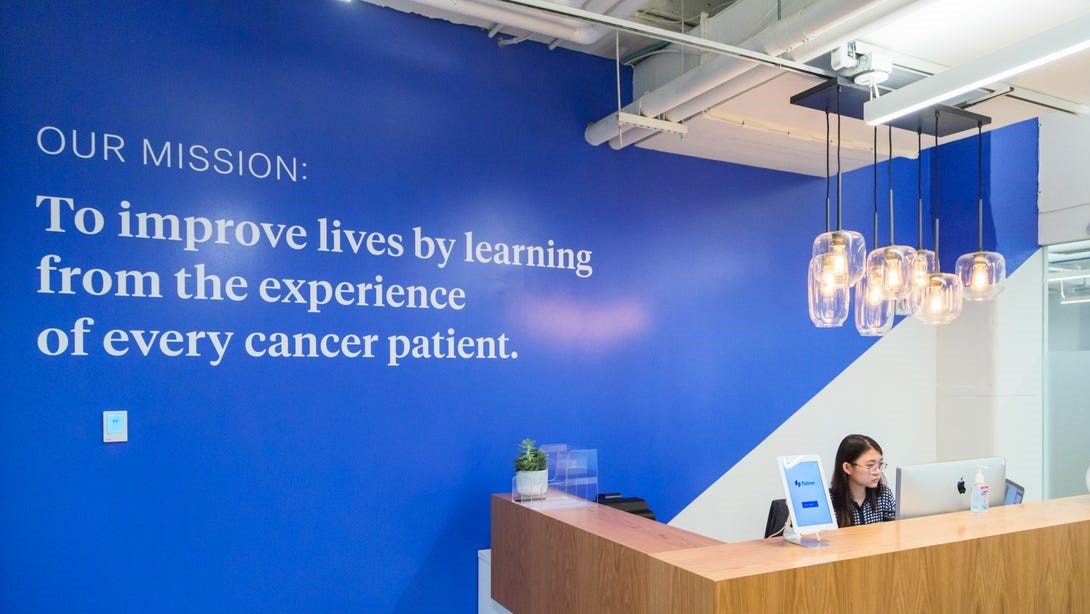
As an intern at Flatiron Health, I designed a natural language processing system that infers a clinical variable from oncology patient visits. Our work was published in Nature Communications.

Throughout my PhD, I focused on designing clinical deep learning algorithms that are less dependent on data, labels, and medical supervision. This involved leveraging generative modelling, self-supervised learning, and continual learning.
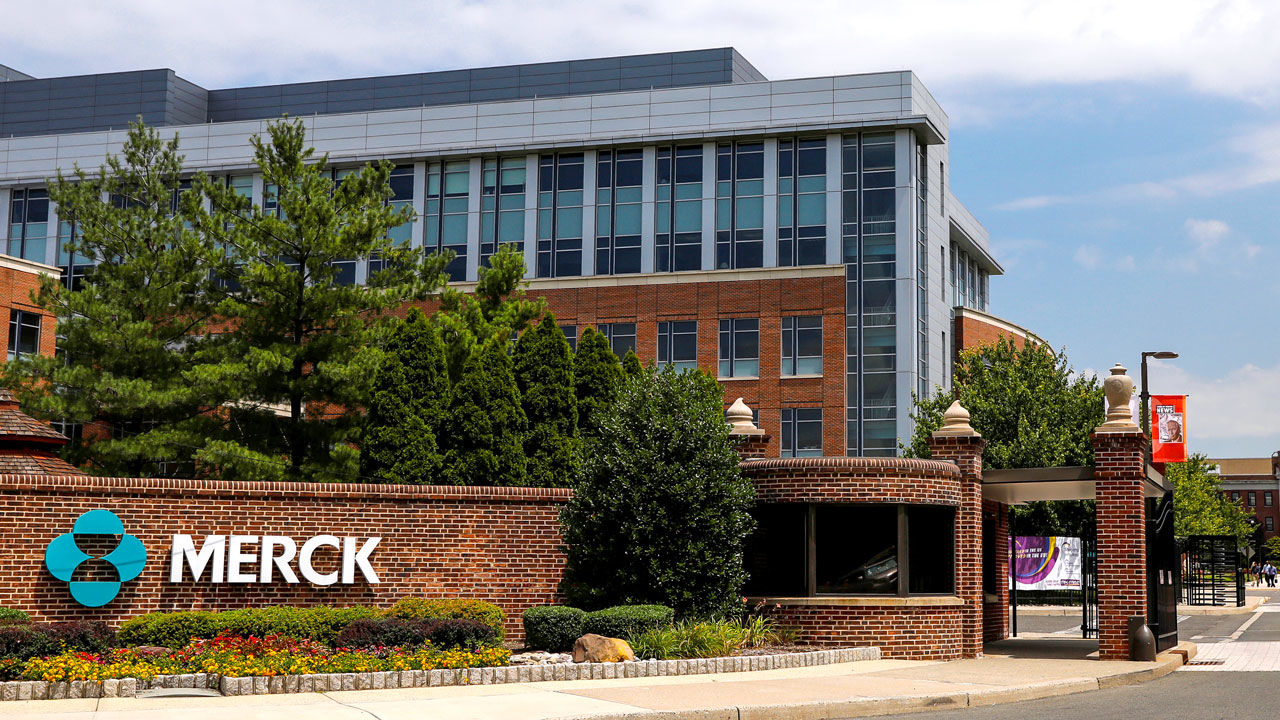
I was fortunate to work alongside Antong Chen where I designed a meta-learning framework to delineate the structures of the heart in a data-efficient manner. Our work was published in MICCAI 2021.

In the summer of 2019, I had the pleasure of working with Kenneth Fetterly and Zachi Attia within the Department of Cardiovascular Medicine at the Mayo Clinic where I implemented self-supervised algorithms for coronary angiograms (read: X-ray videos of the arteries surrounding the heart).

In the summer of 2017, I interned at the Machine Learning Center of Excellence at Ford Motor Company, under the supervision of Kurt Godden and K.P. Unnikrishnan, where I used diagnostic trouble codes from vehicles to predict whether such vehicles will malfunction in the near future.

In the summer of 2016, I performed research at the Musculoskeletal Lab at Imperial College London, under the supervision of Alison McGregor, to identify how pressure is distributed within lower-limb prosthetic cuffs worn by amputee patients.
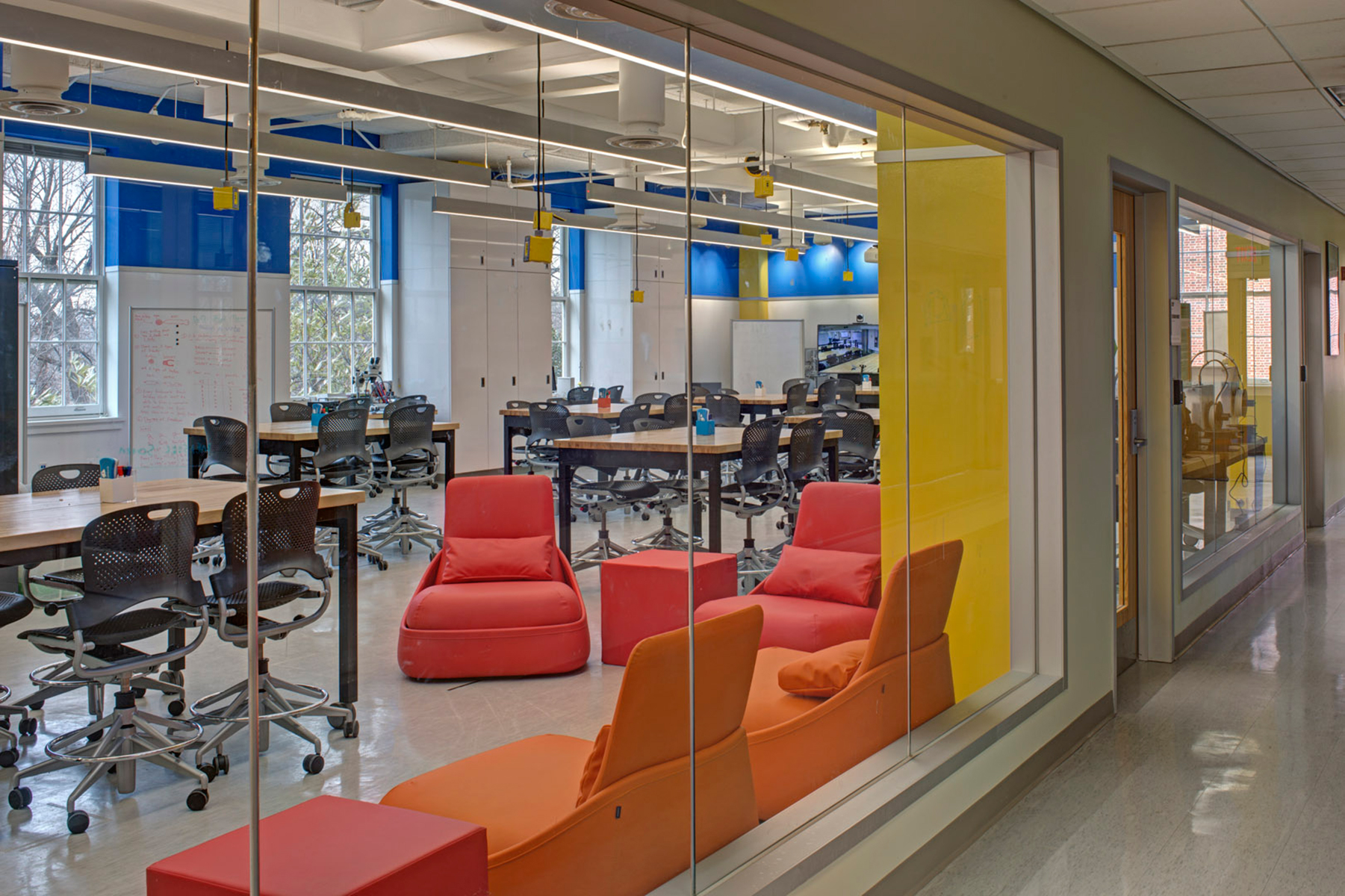
During my undergraduate studies, I conducted research at the Neuroengineering Lab. at The Johns Hopkins University to design and manufacture an upper-limb prosthetic device for data collection purposes.
I also led a team of engineers in the design of a surgical device that repositions patients during time-sensitive intra-operative complications. You can find an article on that here.